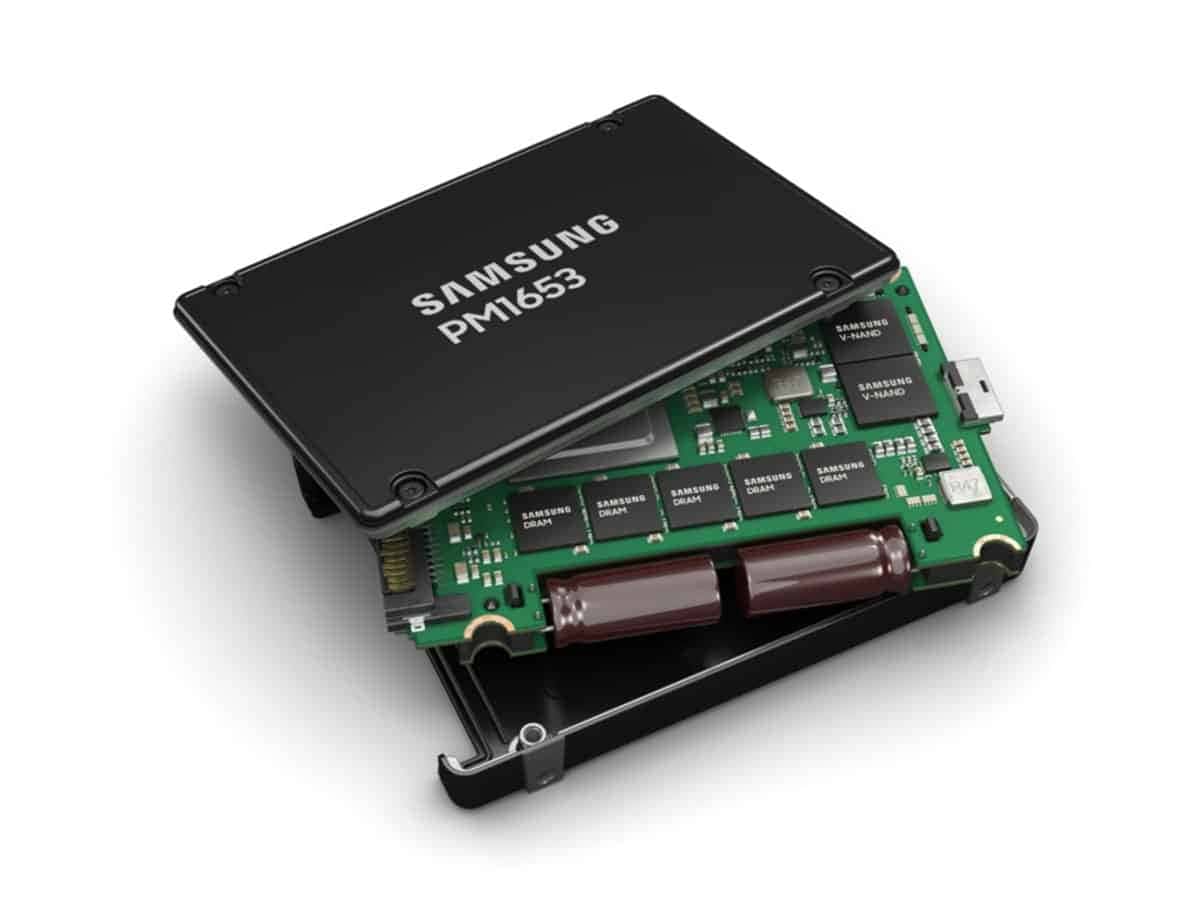Seoul: Samsung Electronics has developed the PM1743 SSD for enterprise servers, integrating the PCIe (Peripheral Component Interconnect Express) 5.0 interface with Samsung’s advanced sixth-generation V-NAND.
The company said that the new PCIe 5.0 SSD will provide nearly two times faster data transfer speeds and 30 per cent enhanced power efficiency than the previous generation.
“The introduction of our PCIe 5.0 SSD, along with PCIe 6.0-based product developments that are underway, will further solidify our technological leadership in the enterprise server market,” said Yong Ho Song, Executive Vice President and Head of the Memory Controller Development Team at Samsung Electronics.
“Intel has been working with Samsung to test Samsung’s newest PCIe NVMe SSD, the PM1743. Together, we have jointly resolved complicated technical issues encountered with PCIe 5.0 during this initial evaluation period,” Song added.
Samsung’s PM1743 will feature a sequential read speed of up to 13,000 megabytes per second (MB/s) and a random read speed of 2,500K input/output operations per second (IOPS), offering 1.9x and 1.7x faster speeds over the previous PCIe 4.0-based products.
Moreover, write speeds have been elevated significantly, with a sequential write speed of 6,600 MB/s and a random write speed of 250K IOPS, also delivering 1.7x and 1.9x faster speeds, respectively.
These remarkable data transfer rates will allow enterprise server manufacturers deploying the PM1743 to enjoy a much higher level of performance, the company said.
In addition, the new SSD can provide improved power efficiency of up to 608 MB/s per watt, which represents about a 30 per cent boost over the previous generation.
This is expected to lower server and data centre operating costs significantly, while also helping to reduce their carbon footprint.
Available in a wide variety of capacities from 1.92 terabytes (TB) to 15.36TB, the PM1743 will be offered in the conventional 2.5-inch form factor, as well as in a 3-inch EDSFF (E3.S) — an increasingly popular SSD form factor designed specifically for next-generation enterprise servers and data centres.

